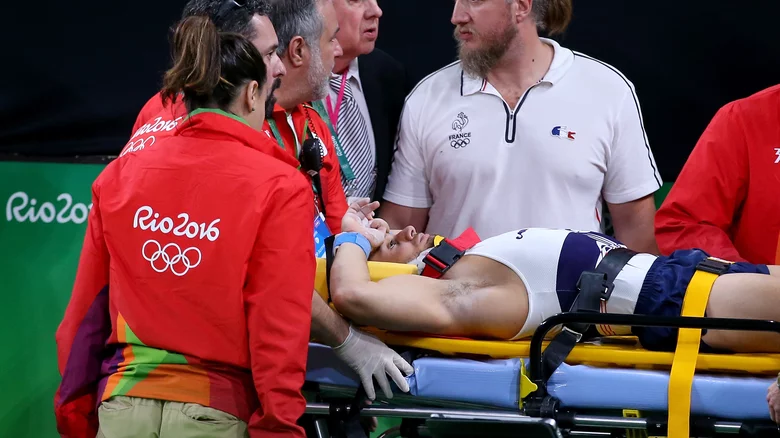Boxing had the highest injury rate at the 2020 Tokyo Summer Olympics, while skiing and snowboarding events were the most dangerous at the 2022 Beijing Winter Olympics.
When we talk about sporting events, especially those as huge as the Olympics, conversations mostly revolve around the wins and medals, the records set and shattered. These are the things we celebrate, after all.
But we don’t usually dwell on the other side of the coin. That aspect of sporting events that is devoid of glory and is usually marked with pain, disappointment, sometimes, even grief. These moments are those we’d rather forget because they make us feel sad or disappointed: losses, scandals, and yes, injuries.
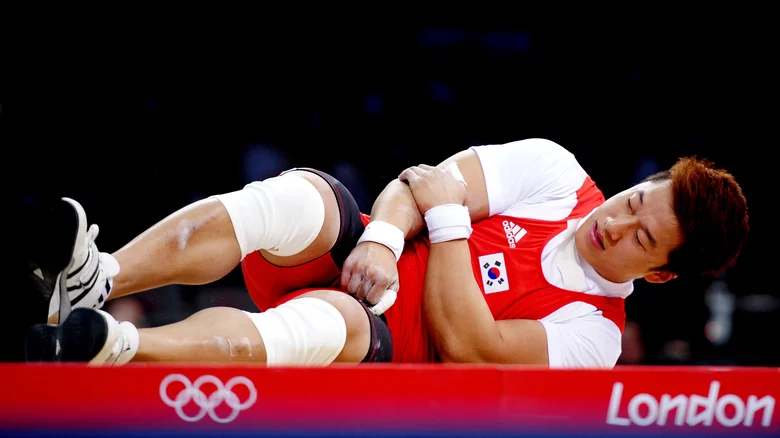
Injuries are especially heartbreaking, especially for the athletes, their families, and even their fans. Nobody likes seeing their national athletes—or any athlete for that matter—suffering from injuries, whether career-ending or not.
With the 2024 Paris Summer Olympics Games fast approaching, let’s see which Olympic events, be it Summer or Winter, are the most prone to injuries.
A history of horrifying—even fatal—accidents
Given the modern Olympics’ 128-year history, it should come as no surprise that it also has a long list of accidents and injuries.
Behind your favorite athlete’s medals and feats are years upon years of hard work, training, and practice that lead to competitions, of which the Olympics is at the pinnacle. While these preparations are part and parcel of the journey toward the mastery of one’s chosen sport, even elite athletes sometimes suffer injuries during training and trials—and sometimes, on the actual event itself.

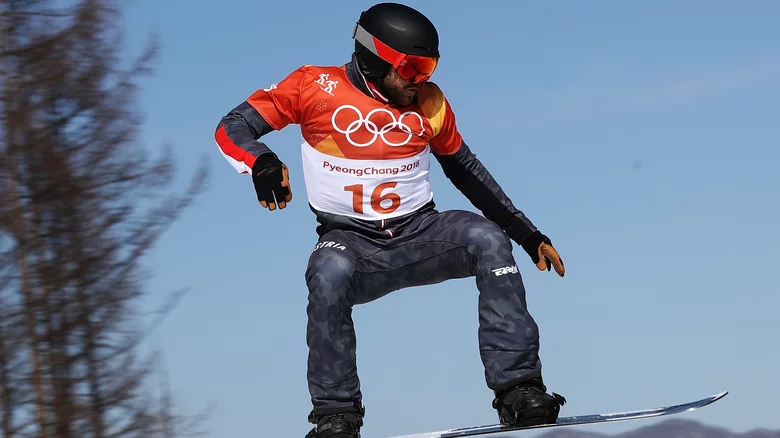
American snowboarder Kevin Pearce, for example, was expected to have a podium finish during the 2010 games in Vancouver. During a training run in Utah, however, he suffered a traumatic brain injury that ended his career and with it his Olympic dreams.
More recently in the 2018 Pyeongchang Winter Olympics, Austrian snowboarder Markus Schairer lost control coming off of a jump during the men’s snowboard cross quarterfinal. He landed on his neck as spectators watched in horror as his head “bounced back and forth so hard that his goggles broke loose.” It’s nothing short of a miracle that he still managed to return to his feet and finish the race. A three-time Olympian, Schairer was in fourth place at the time of his crash.

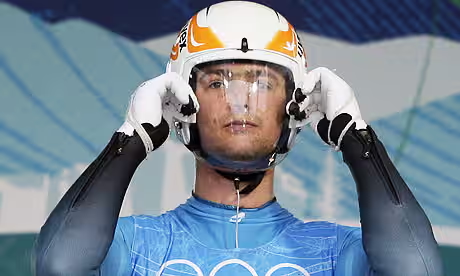

Sadly, there were accidents during the Olympics that turned out to be fatal. There’s Swiss skier Nicolas Bochatay who was killed when he collided with a snow grooming vehicle during the speed skiing finals of the 1992 Winter Olympics in Albertville.
Then there’s 21-year-old Georgian luger Nodar Kumaritashvili’s horrifying crash which saw him being thrown from the track during a high-speed training run hours before the opening ceremonies of the 2010 Vancouver Olympic Games. He was catapulted in the air and rammed straight into an unpadded pillar at a speed of 143.6 km/h (89.2 mph) at the moment of impact. He died of his injuries in the hospital and sent Georgia into mourning.
Most injury-prone events
Northwell Health, New York State’s largest healthcare provider, partnered with the newswire Stacker to explore the sports with the highest rates of injuries during the Tokyo and Beijing Olympics, using data from two British Journal of Sports Medicine reports. Their report only looked into injuries during the Olympics, meaning it did not include sporting events outside of the games.
Their analysis, summed up in an article titled “High stakes, historic rewards: Olympic sports with the most injuries,” revealed that for the Summer Olympics, “high-speed and high-contact sports are the most dangerous.” Specifically, BMX racing was the most dangerous sport at Tokyo 2020, especially when considering injuries that last longer than a week.
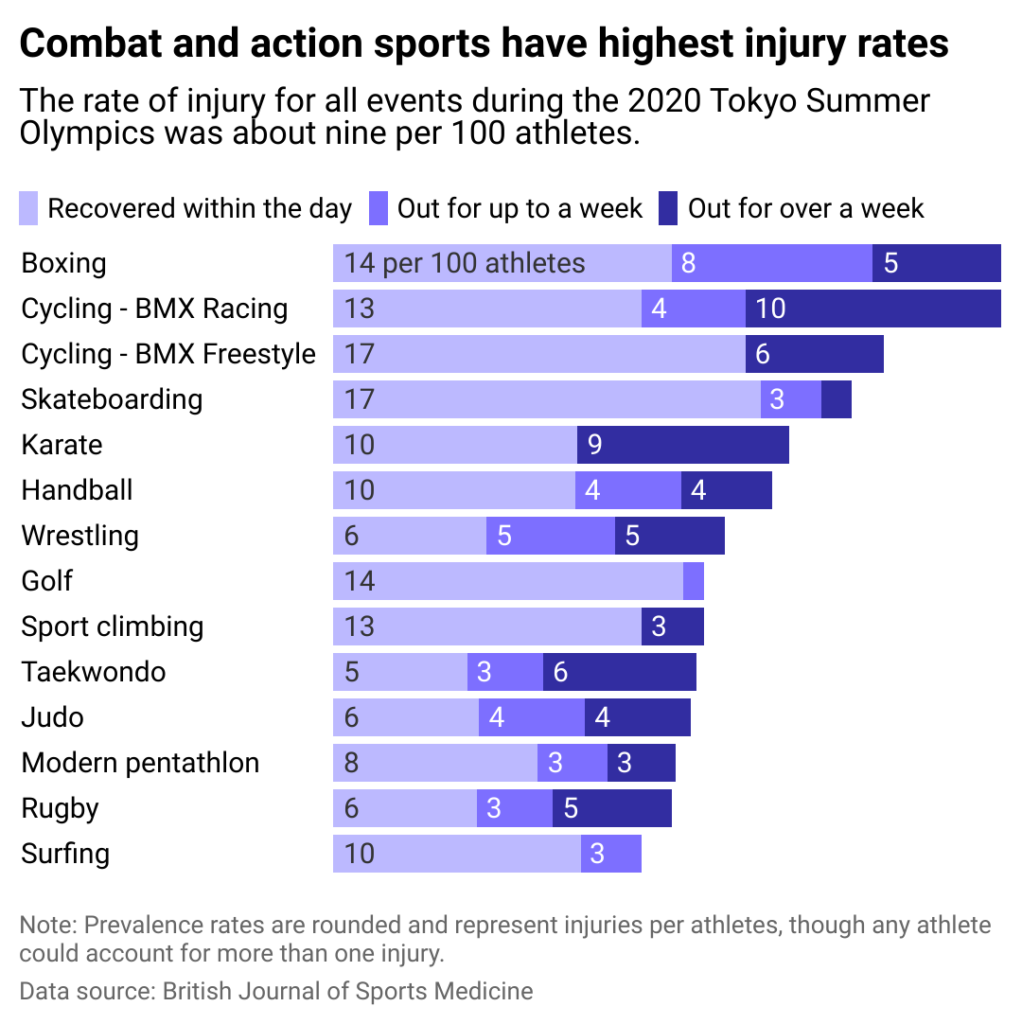
Favorite Pinoy sport boxing, quite unsurprisingly, is the sport that has the highest rate of injuries or possible death at the Summer Olympics. With the numerous punches the bodies of boxers have to endure, concussions are extremely common. However, compared to BMX racing, injured boxers are able to recover relatively faster.
In the 2016 Summer Games, male boxers were no longer required to wear headgear after the International Boxing Association decided in 2013 to eliminate the guards for amateur male boxers in international tournaments because “the guards were not having the desired effect when it came to preventing concussions and other brain injuries.” It’s not clear if the removal of the headgear has led to more or fewer head injuries, as per the Stacker report.
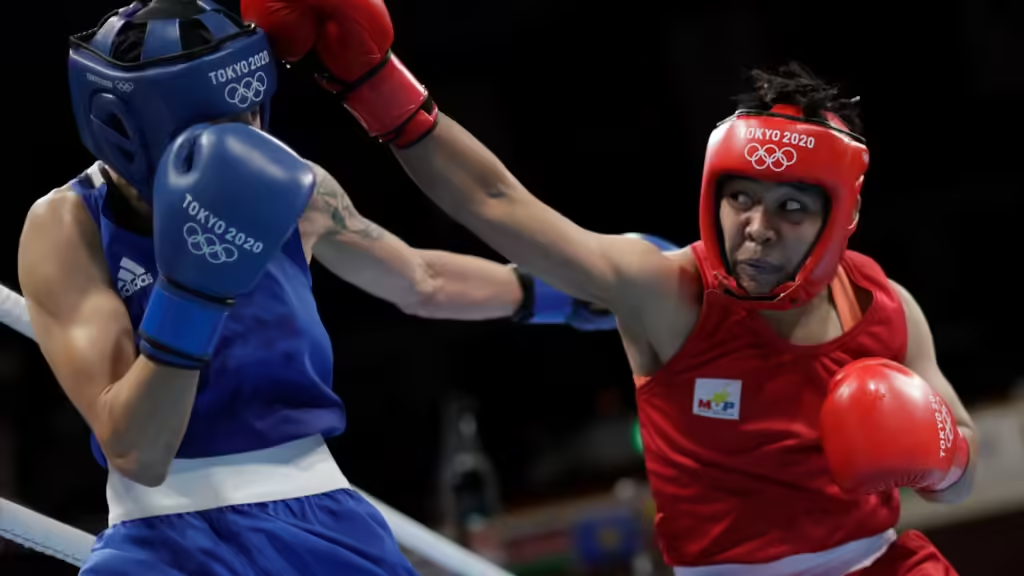


Meanwhile, events held on snowy, rugged and, at times, treacherous slopes of mountains are the Winter Olympics’ most dangerous. Ski and snowboard slopestyle are two of the 2022 Beijing Winter Olympics’ most accident prone and injury-riddled sports—especially long-term injuries, in the case of ski slopestyle, as per the article. Slopestyle is a winter sport in which athletes ski or snowboard down a course including a variety of obstacles including rails, jumps and other terrain park features.
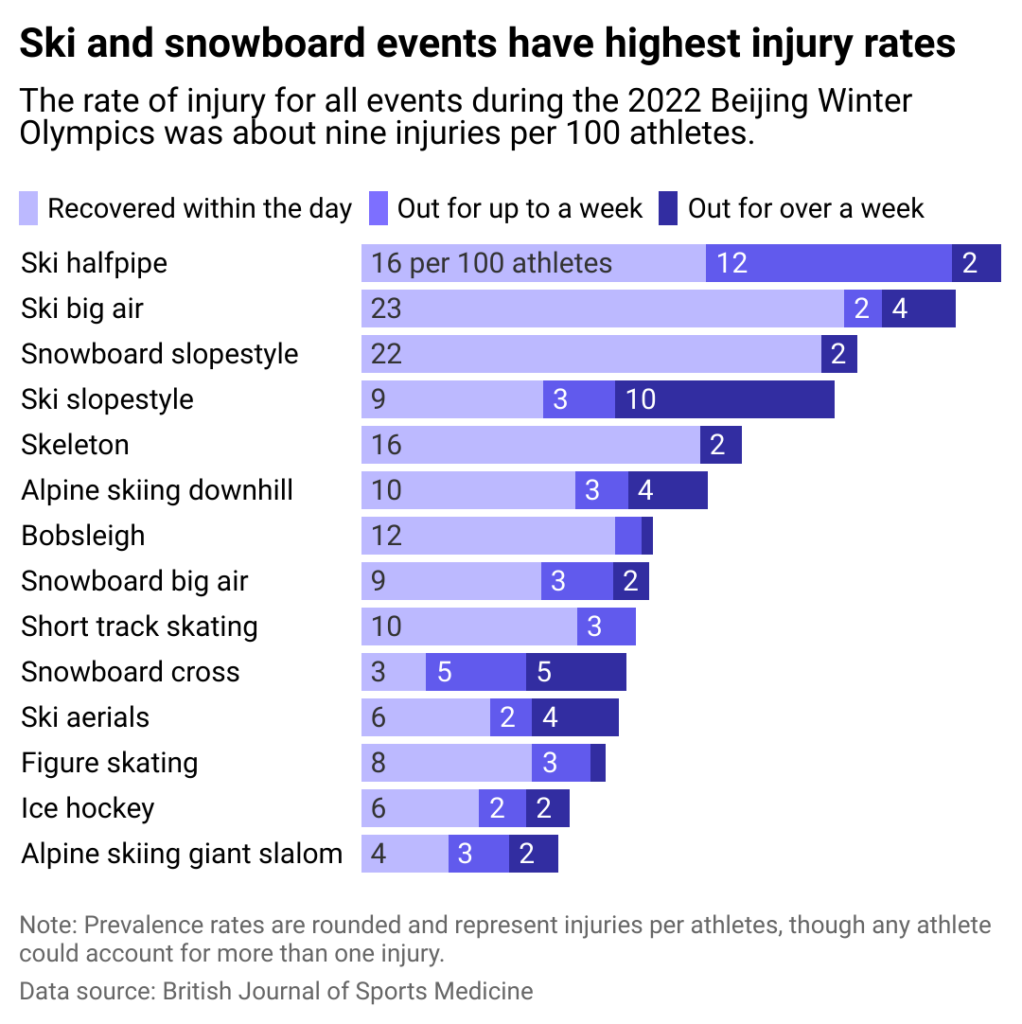


When the slopestyle events debuted at Sochi 2014, some athletes like Shaun White and Torstein Horgmo pulled out due to fear of injury. Norwegian Horgmo, meanwhile, broke his collarbone in a training accident before the Games began.
Alpine skiing is another Winter Olympic sport that can be catastrophic. A part of the Winter Olympics since 1936, it consists of downhill, slalom, giant slalom, super-g, and combined events. During competition, skiers can reach speeds of 90 miles per hour or more going downhill.
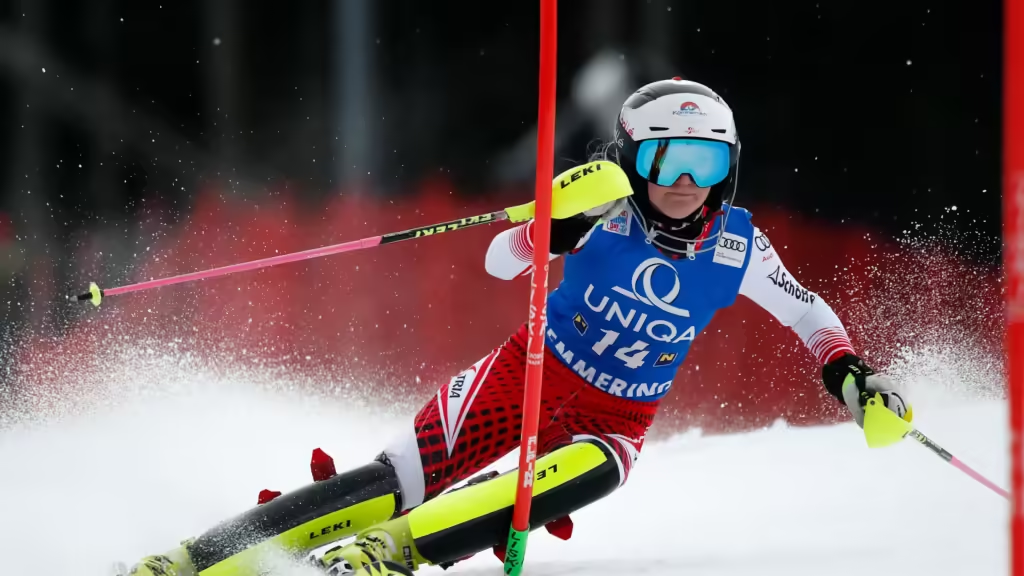


For events deemed especially dangerous such as BMX racing and alpine skiing, medical staff are positioned on the course as they only have a few seconds to respond to an injured athlete and prevent what could be a fatal event.
These unfortunate events prove that even elite athletes who are at their peak form have their limits, and that no matter the preparations, at times, things can be unpredictable and beyond one’s control, especially in sports. The least we can do then is to wish them a safe and injury-free Olympics experience and beyond.
Note: The article “High stakes, historic rewards: Olympic sports with the most injuries” originally appeared on Northwell Health and was produced and distributed in partnership with Stacker Studio.

